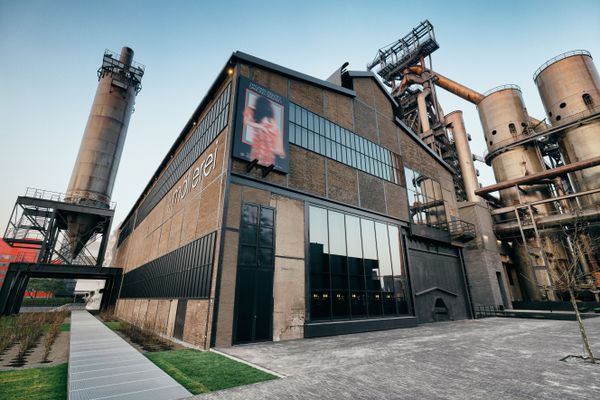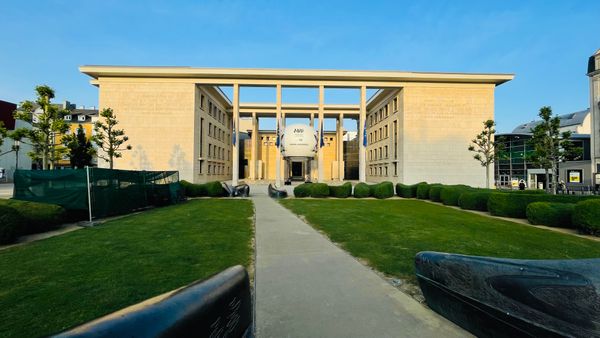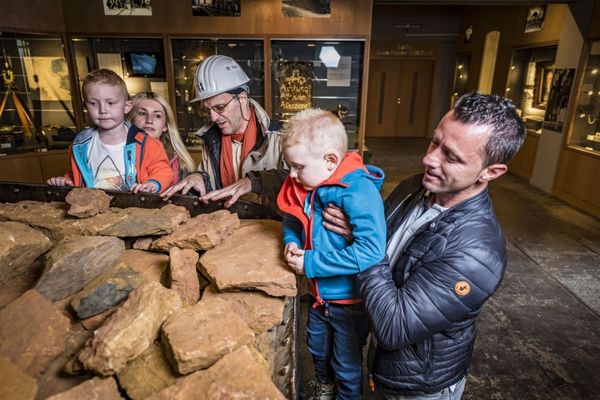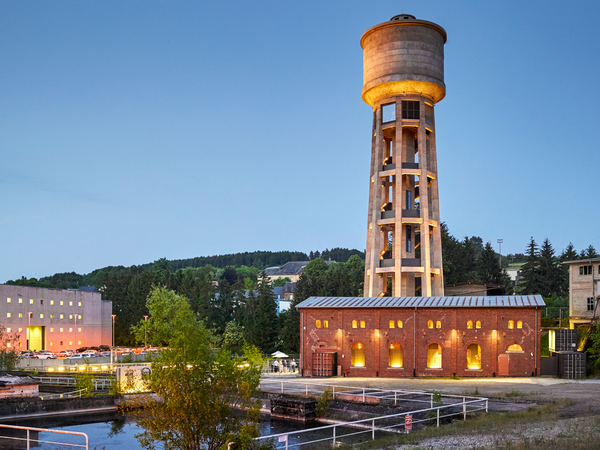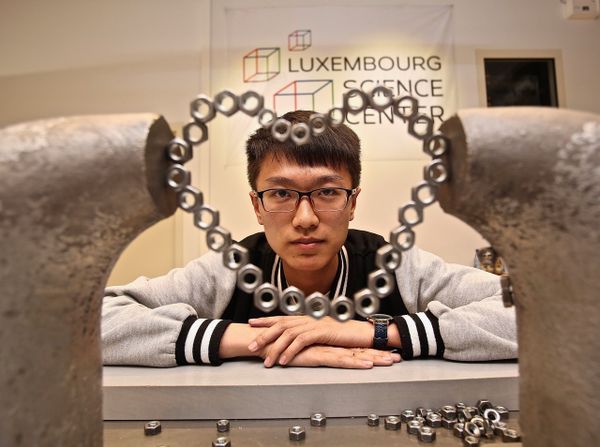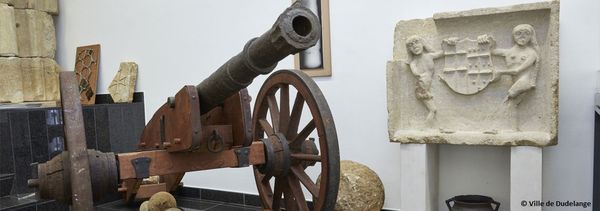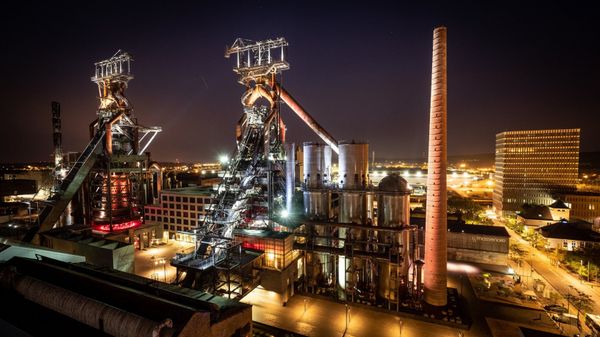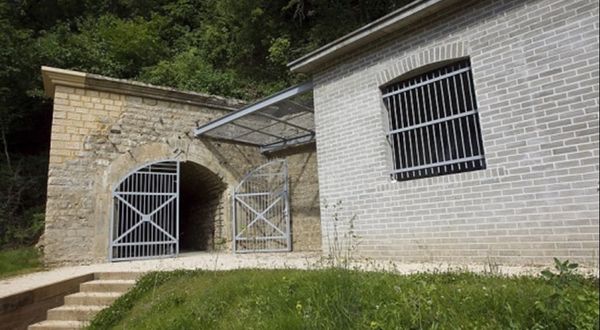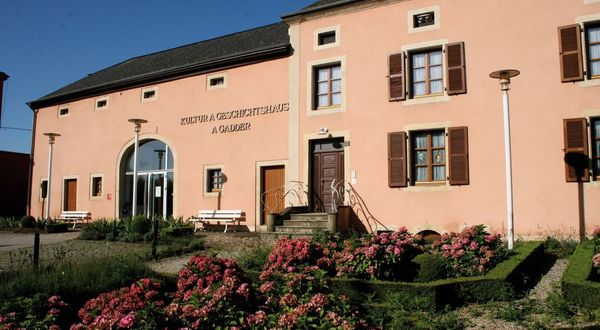
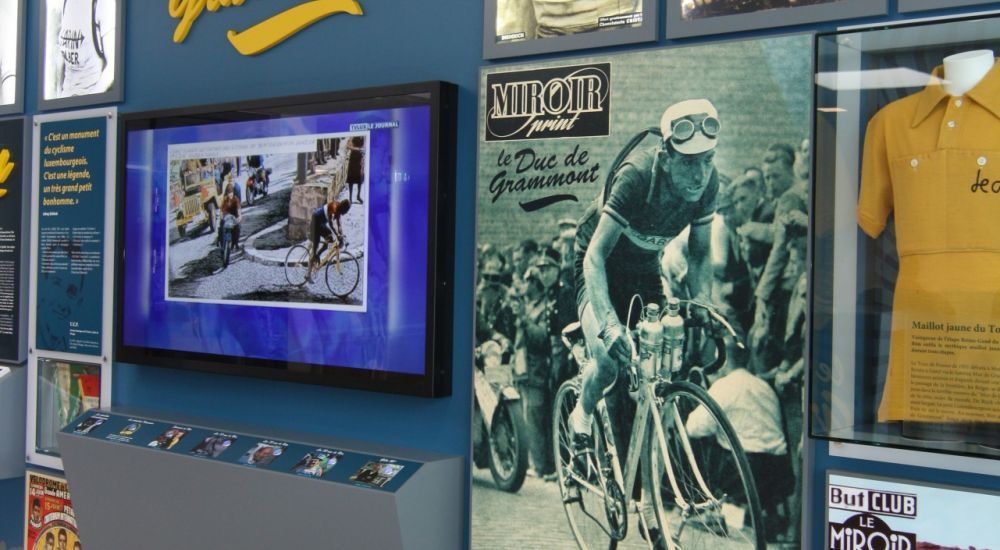
Bim Diederich Exhibition
Where? rue Pierre Hamer, L-4737 Pétange
Pedal on!
This gallery dedicated to the cyclist Bim Diederich has found its rightful home at the Bim Diederich sports centre in Pétange. As a local hero, national hero, and hero to cycling enthusiasts around the world, Bim Diederich deserves nothing but the highest honours. The gallery showcases his magnificent feats with photos, jerseys, documents and other memorabilia. There are also interactive exhibits offering a wide overview of his exploits. Head to the first floor of the sports centre to discover (or rediscover) the glory days of this top-level sportsman. You are sure to leave full of inspiration. Bim Diederich’s passion is contagious!
Practical information
- Accessible to all
Opening hours

